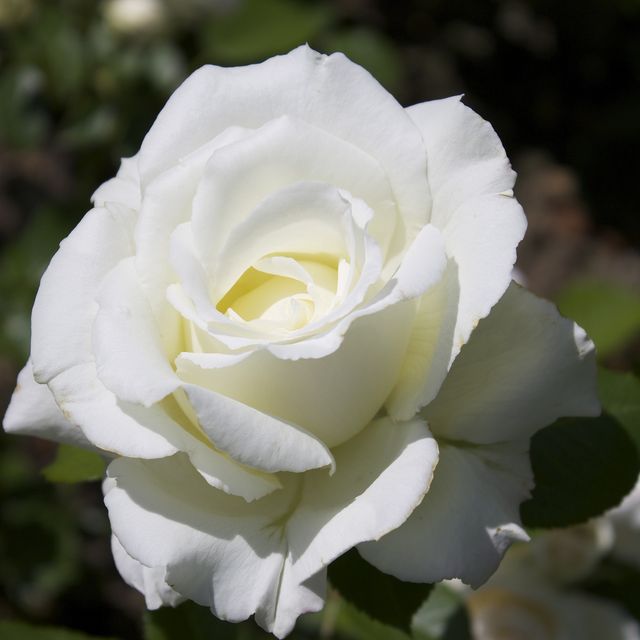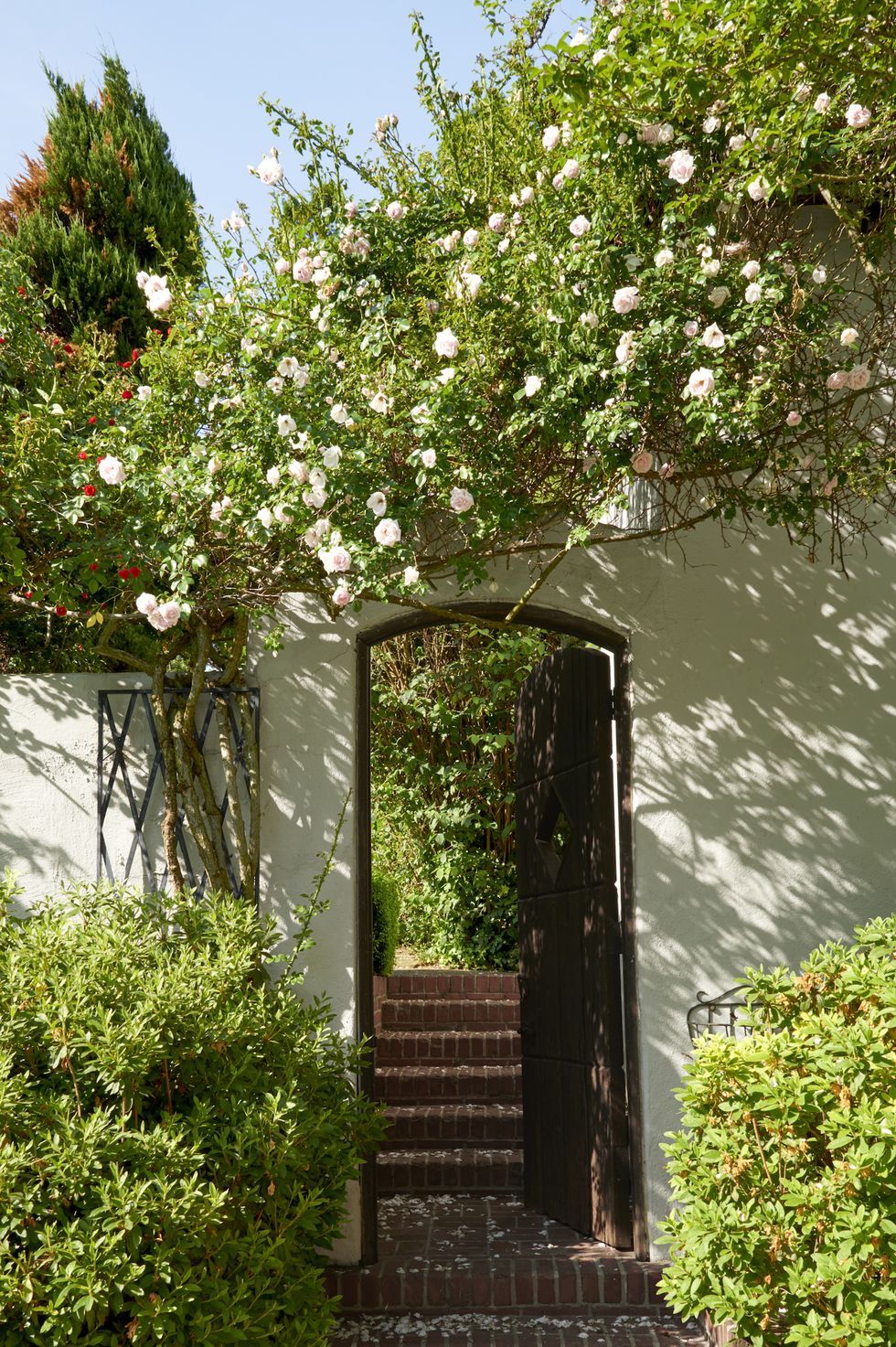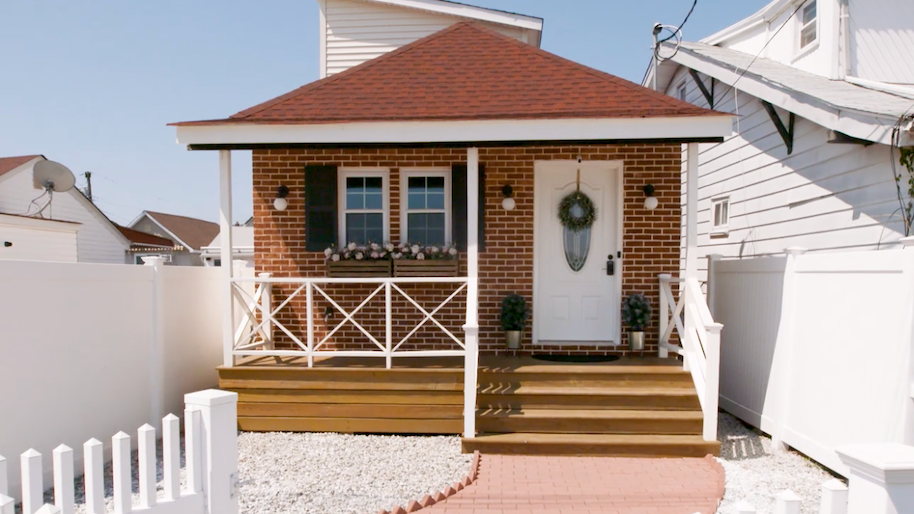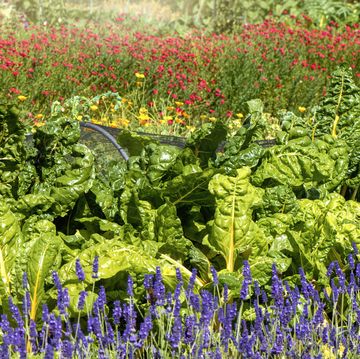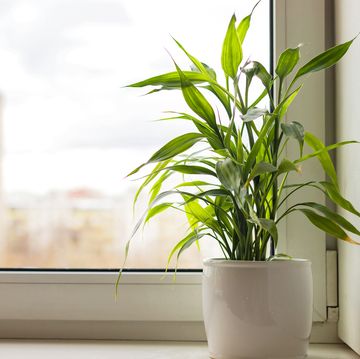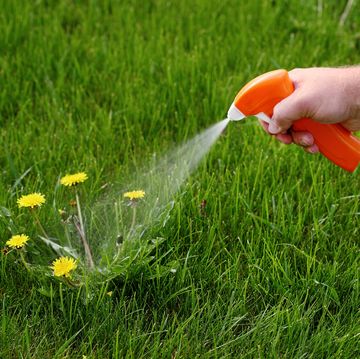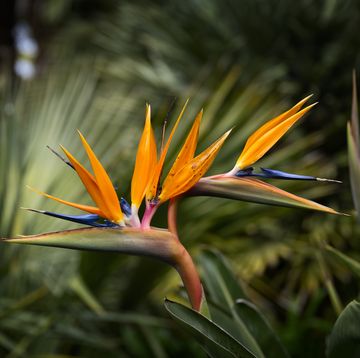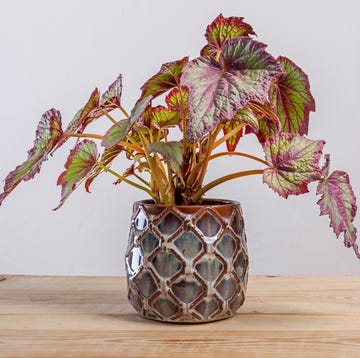When it comes to landscape flowers, no bloom is more classic than the white rose. Its beauty has been revered for centuries, but roses have a thorny reputation—and we're not just talking about stems. They can be pricey and notoriously tough to care for, so many amateur gardeners shy away from growing them all together. But we don't want anything to stand in the way of the white rose garden of your cottagecore dreams, so we're here to help with all the care tips you need to foster a full, fragrant, and downright fantastical rose garden. So don your gloves and grab your sheers—let's learn about white roses.
History of the Rose
Before we dive into the nitty gritty of caring for your white rose garden, let's dig into a little history. Roses are widely recognized as one of the oldest landscape flowers—some fossil evidence even dates the bloom as far back as 35 million years. Garden cultivation of the bloom took root several thousand years ago and has grown in popularity since, with many of the most famous gardens in the world (like Queen Mary's Garden in London, Parc de Bagatelle in Paris, and The Elizabeth Park Rose Garden in Connecticut) remaining dedicated to the care and cultivation of these delightful blooms. If you are a British history buff, you may remember "The War of the Roses," between the House of York, whose symbol was the white rose, and the House of Lancaster, whose symbol was the red rose," in the 15th century.
There are an estimated 30,000-plus rose varietals in cultivation worldwide, taking on all shapes, sizes, and colors—from climbers and ramblers to shrubs and ground covers. Many of the varietals come in white (more on that later!) and most have generally the same care requirements.
Types of White Roses
Nearly every popular rose species has a white varietal, which means you should have no problem finding a version that suits your style and preferred level of care. Some of the most popular types of white roses include:
- Rosa 'Pope John Paul II': This highly fragrant bloom is considered one of the most popular hybrid tea blooms, with a snowy white hue and citrus-like scent. USDA Hardiness Zones 5–9.
- Rosa 'Sally Holmes': With thorn-less stems and a whopping 60 blooms per truss, this climbing rose boasts creamy petals and a cheery yellow center. USDA Hardiness Zones 5–10
- Rosa 'Alba Maxima': A lush shrub with double blooms, Alba Maxima is best known for its ruffly petals and strong fruity fragrance. USDA Hardiness Zones 4–11
- Rosa 'Meidelweiss': Also known as a Bolero rose, this compact varietal produces dense, heavily petaled blooms with a fruity scent and slight pink tinge. USDA Hardiness Zones 5–9
How to Care for White Roses
While specific care requirements may differ slightly between rose species, they generally all follow a similar care formula. As long as you grant them a few key things (like ample sunlight and the right type of soil), you really don't need to do too much else to get the blooms to flourish in your landscape. Here's a general look at how to care for white roses:
Light
Like most blooming plants, roses will need at least six to eight hours of direct sunlight daily in order to thrive and produce bountiful blooms. Less light than this allotted requirement will result not only in a decrease of flowers but also an increase in ailments to the plant, including things like disease and pests. If you don't have a spot in your landscape that boasts enough daily sunlight for roses, consider planting the blooms in a container instead—that way, they can be moved around your yard a bit to "chase" the sun and get in enough rays.
Soil
Roses prefer soil that is loose and loamy so their roots can move about and establish easily. If you are starting out with soil in your yard that is particularly clay-like, you may want to amend it with sand before planting your blooms. Soil that is too heavy will bog down your roses and cause them to become waterlogged—there is nothing roses hate more than "wet feet." In addition, most roses prefer a soil that is slightly acidic. To determine what type of soil your landscape (or container garden) boasts, you can conduct an at-home soil pH test, which will then inform you how you may need to amend the soil for happy plants.
Water
Roses love water but hate sitting in it. They should be watered completely and thoroughly at least twice a week throughout the summer, but ensure that the soil drains well after each time—you don't want them sitting in a puddle of water or wet mud, as that can rot their roots and cause them to die. To help conserve water (especially if you live somewhere especially hot) you can mulch around the roots during the summer.
Planting White Roses
Planting your roses properly will get the plant off to a great start and up the chances that you have a productive and healthy specimen. Whether you're planting a bare root into the ground or into a container, the hole should be deep and wide enough to accommodate the plant's roots. The crown of the root ball should be at ground level, or slightly below if you're located in a colder climate.
Before planting your rose, amend the soil with a generous amount of organic compost to help give the plant a nutritious boost as it starts off. You can also include a slow-release fertilizer, though you shouldn't need to do this in most cases if your soil is nutrient dense and of the proper pH. After planting, water your rose thoroughly.
